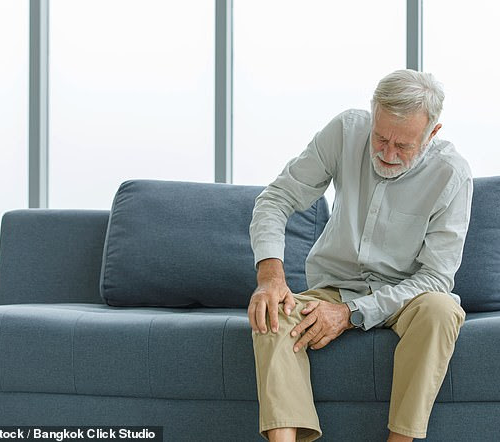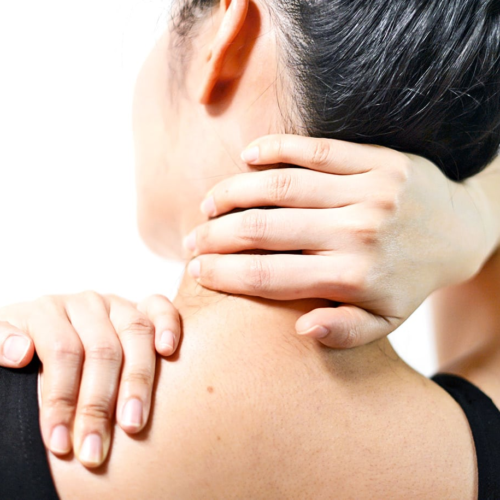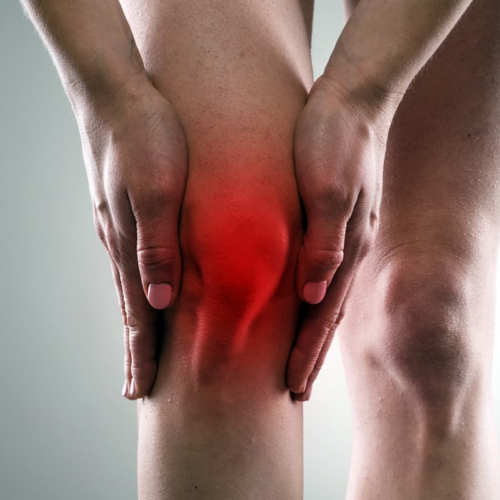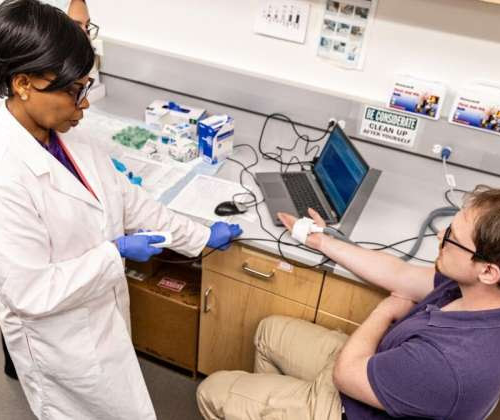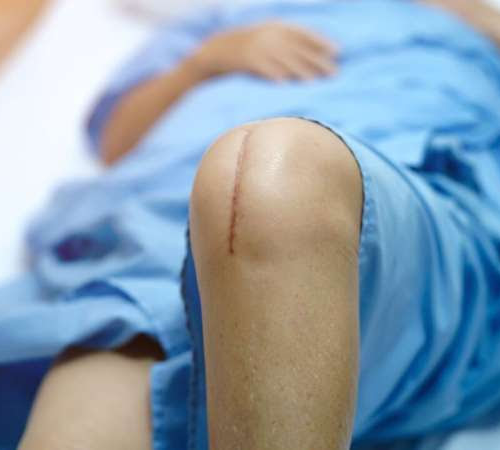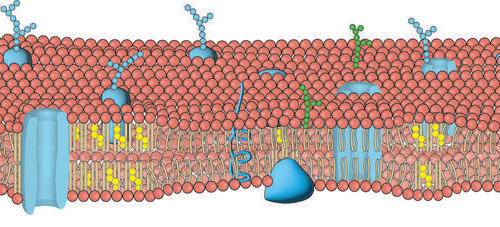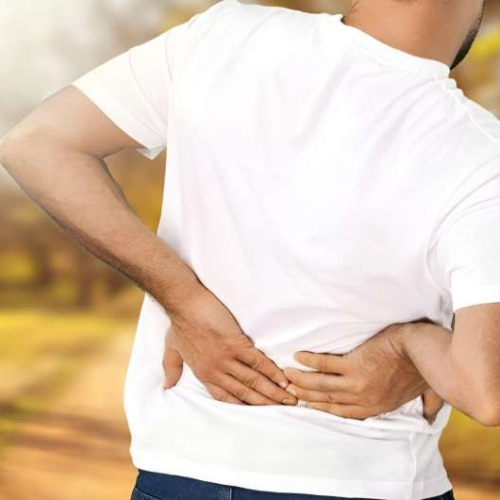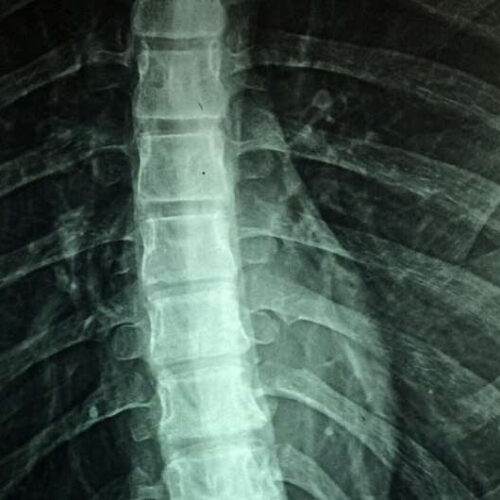By Erin Dean For The Mail On Sunday Published: 19:25 EDT, 21 September 2024 | Updated: 20:28 EDT, 21 September 2024 Injecting tiny grains of plastic into the knee joint could offer hope to patients crippled by arthritis pain, NHS research suggests. The ground-breaking technique requires only a local anaesthetic, a few hours in hospital...
Category: <span>Pain/Inflammation</span>
NEW METHOD TEASES OUT DIFFERENT CAUSES OF PAIN
SEPTEMBER 4TH, 2024POSTED BY ETH ZURICH (Credit: Getty Images) TAGS : ARTIFICIAL INTELLIGENCEPAINUNIVERSITY : ETH ZURICH Researchers have developed a method that enables physicians to better distinguish between physical and psychosocial pain. Severe pain often has physical causes. But emotional, psychological, and social factors can influence how we perceive and react to pain. “Pain is...
Knee osteoarthritis injection cuts pain by 58%, regenerates cartilage
Health & Wellbeing By Paul McClureJuly 28, 2024 Trials of an off-the-shelf stem cell therapy for osteoarthritis significantly improved pain and functionDepositphotos A single injection of a new, off-the-shelf stem cell therapy for knee osteoarthritis significantly improved pain and function for up to 12 months in 75% of participants involved in a clinical trial. The...
Researchers close in on new technology for objectively measuring pain
July 25, 2024 by Jesse Jenkins, New Jersey Institute of Technology Wunmi Sadik is the director of NJIT’s BioSensor Materials for Advanced Research and Technology (BioSMART) Center. Credit: NJITOn a scale of one to ten, how much pain do you feel? It’s a question many patients get from their doctor in the U.S. each day,...
Success in treating persistent pain now offers hope for those with long COVID
by Hamish Wilson and John Douglas Dunbar, The Conversation Credit: Andrea Piacquadio from PexelsThe emergence of long COVID as a mysterious new illness has refocused attention on the incapacitating nature of persistent fatigue. Around the world, this unexpected outcome of the pandemic is now a significant health issue causing considerable personal suffering, absences from work...
Exercise and pain education no boost for chronic pain after knee replacement
MAY 30, 2024 by Lori Solomon Neuromuscular exercise and pain neuroscience education do not provide superior pain and function outcomes versus pain neuroscience education alone in patients with chronic pain after total knee arthroplasty (TKA), according to a study published online May 24 in JAMA Network Open. Jesper B. Larsen, Ph.D., from Aalborg University in...
New study shows a role for cholesterol in pain perception
Pressure on cells reduces pain signals, but excess cholesterol can interfere, researchers findPeer-Reviewed Publication UF HEALTH IMAGE: A CELL MEMBRANE IS ILLUSTRATED TO SHOW THE SURFACE IN RED. BLUE OBJECTS ARE PROTEINS, INCLUDING ION CHANNELS, WHICH CAN SEND ELECTRICAL IMPULSES INTO CELLS. LIPIDS, OR FATS, ARE IN YELLOW. IN THIS CROSS SECTION, AN ION CHANNEL...
Repetitive high concentration capsaicin patch applications for nerve pain in a real-world setting
Peer-Reviewed Publication WILEY Capsaicin, derived from hot chili pepper plants, has been used to treat various types of pain, and a high concentration capsaicin patch (HCCP) is approved for the treatment of nerve (or neuropathic) pain. In a real-world study published in Pain Practice that included 97 outpatients in Germany diagnosed primarily with neuropathic back...
New clues to origins of lower back pain
by Dennis Thompson Some people might be prone to low back pain because of specific cells contained in their spinal disks, a new study suggests. The research could explain why only certain people develop back pain due to the degeneration of their spinal disks, which are jelly-filled spacers that act as shock absorbers between the...
Spinal cord stimulation shown to reduce pain, improve balance in people with lower limb amputation
by University of Pittsburgh Credit: Pixabay/CC0 Public Domain Spinal cord stimulation can elicit sensation in the missing foot and alleviate phantom limb pain in people with lower limb amputations, University of Pittsburgh School of Medicine rehabilitation scientists report today. Pressure sensors on the insole of a prosthetic foot triggered electrical pulses that were then delivered to...

